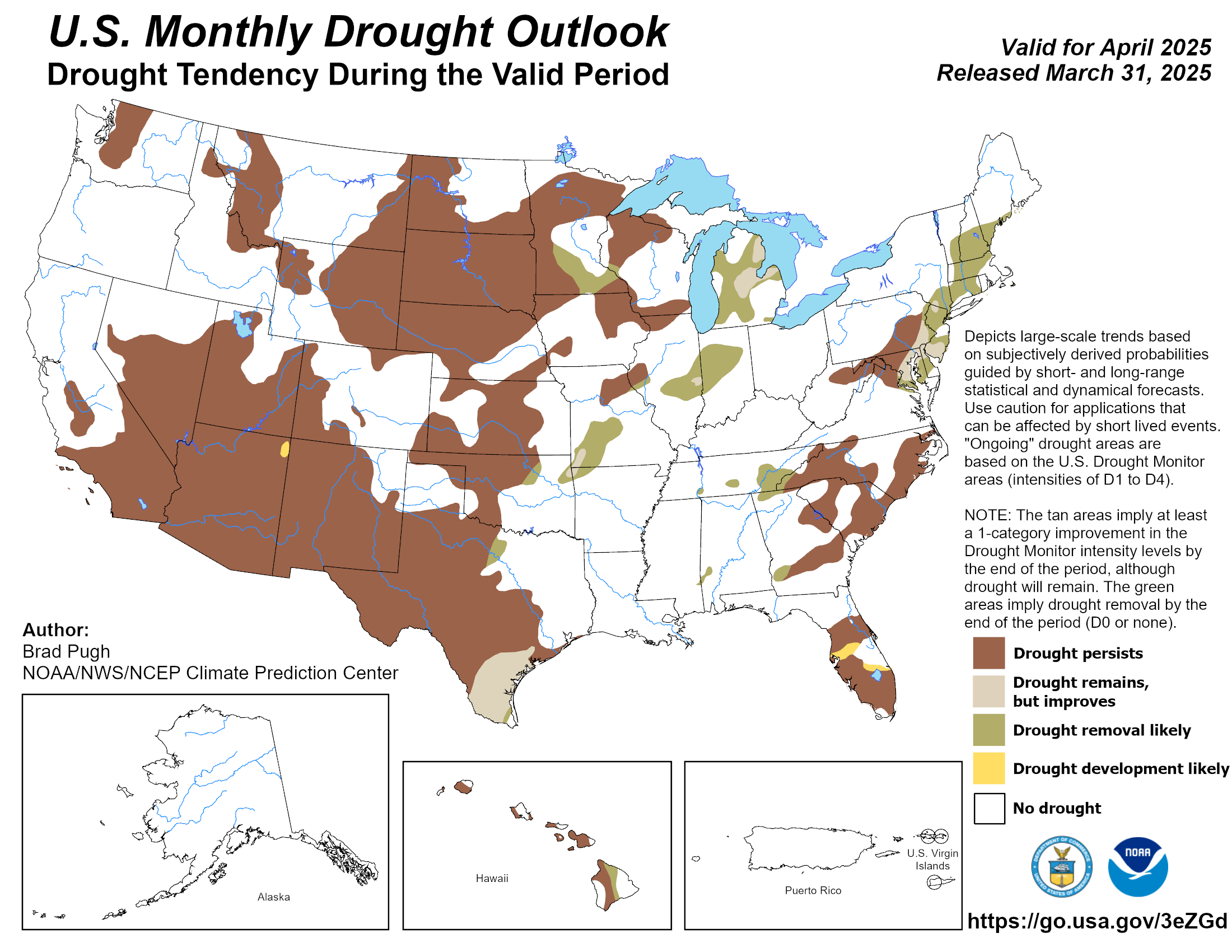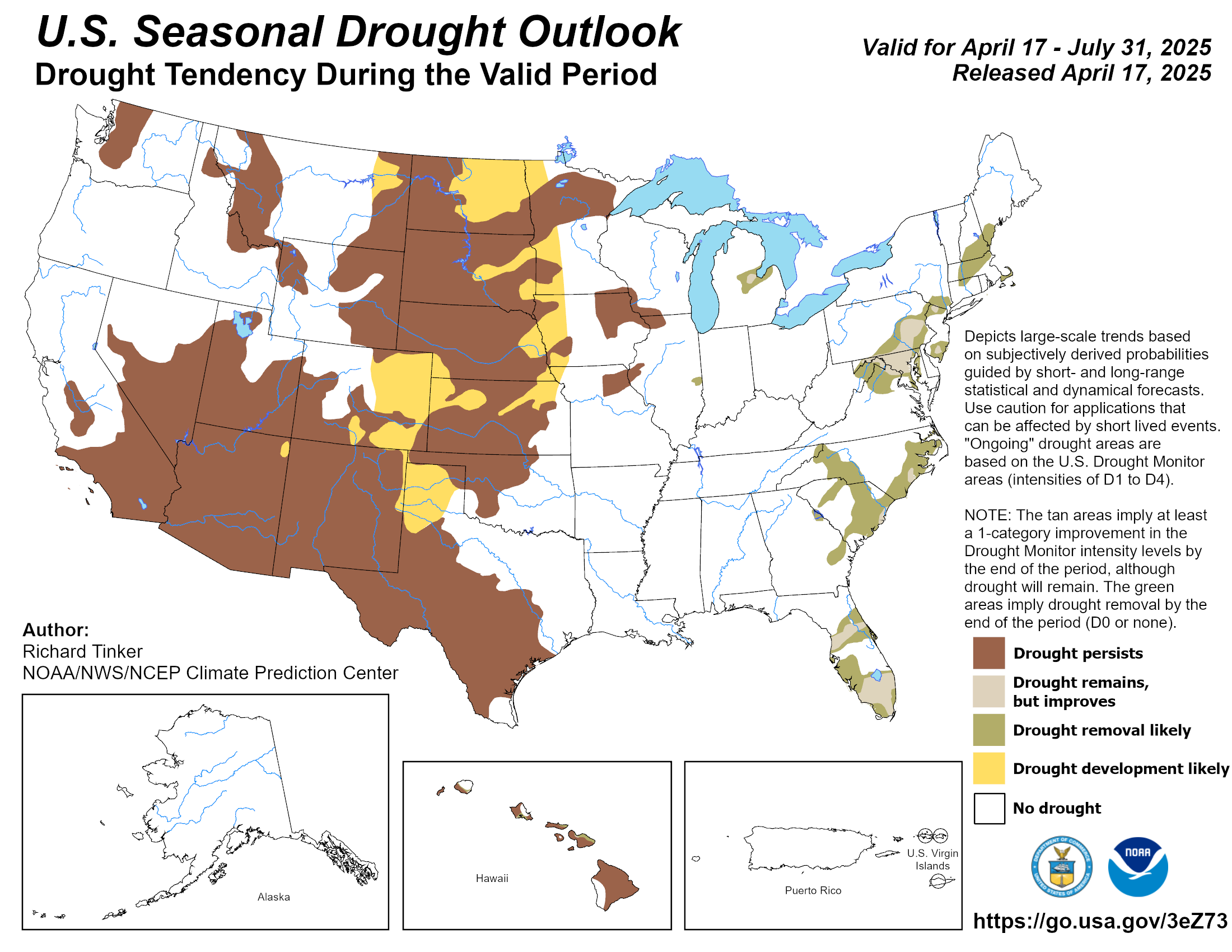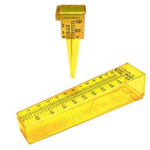Figure 2: Annual rings in the cross-section of the trunk of a conifer. The volume of wood laid down by the tree each year dictates its rate of carbon sequestration.
If you really want to analyse something as complex as carbon sequestration in trees (which is the focus of this short article) – and the value of trees and forests as stores of carbon, there is no avoiding some number-crunching.














 >>>
>>>

 Tahquamenon Falls–Autumn. Source: Wfgc, Commons Wikimedia.
Tahquamenon Falls–Autumn. Source: Wfgc, Commons Wikimedia.